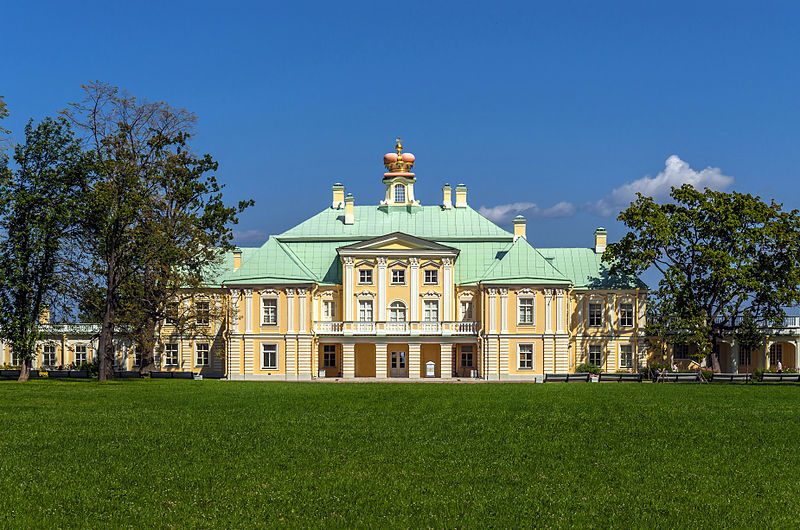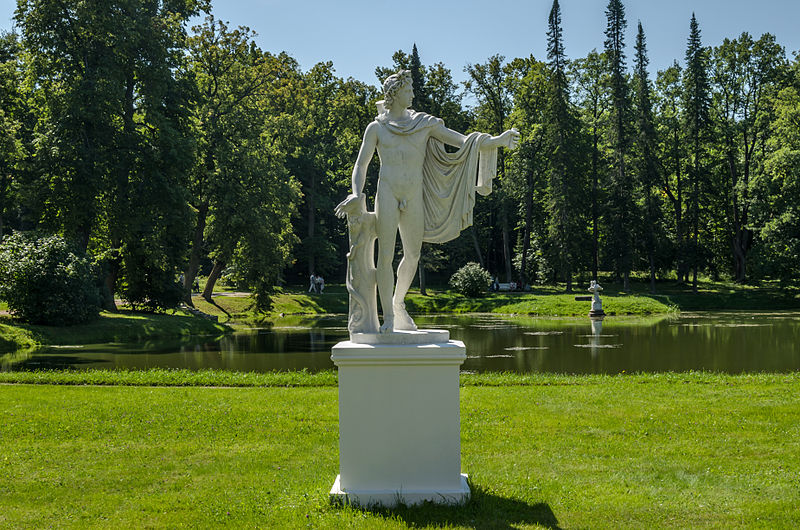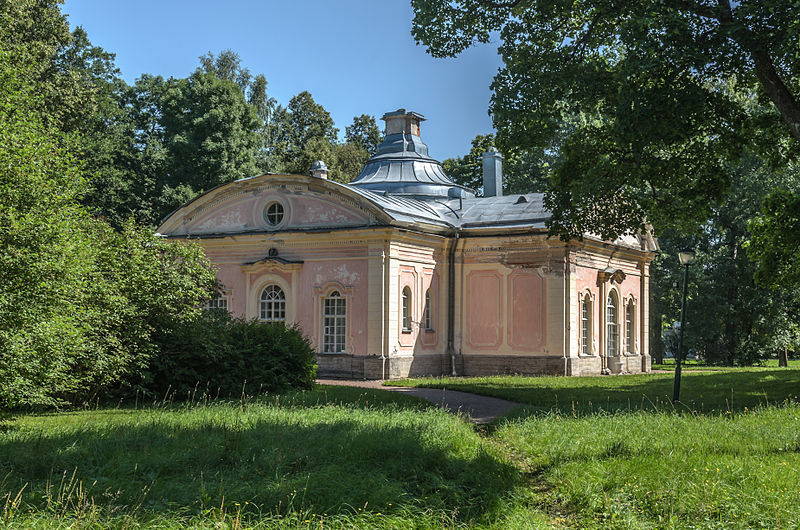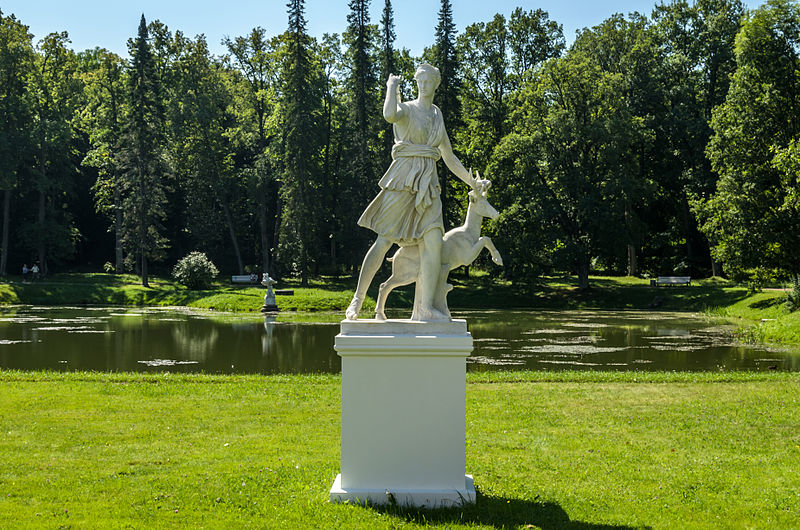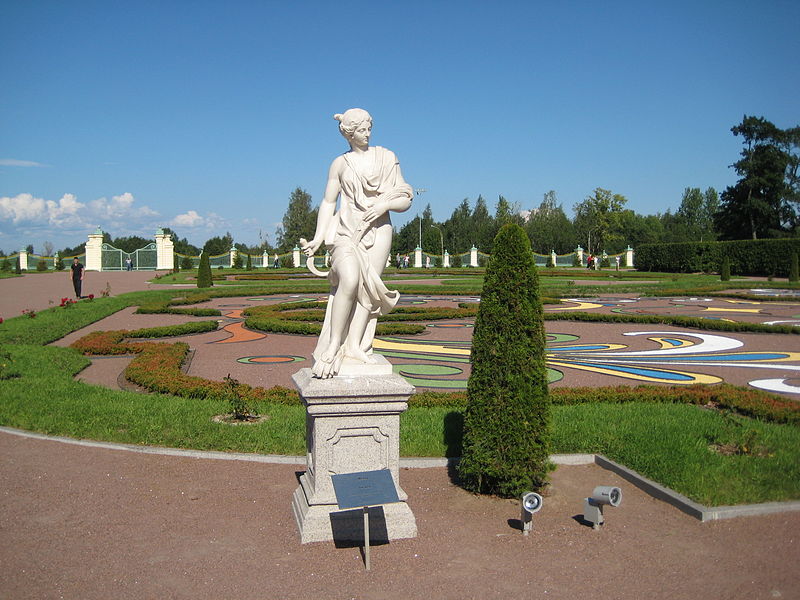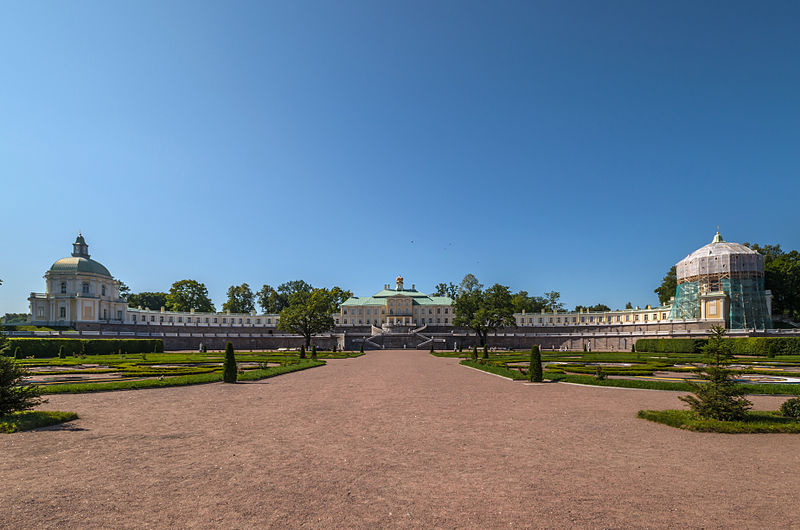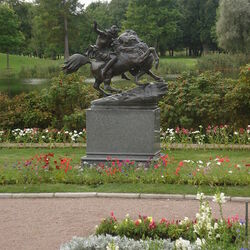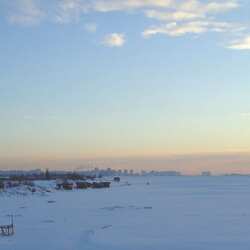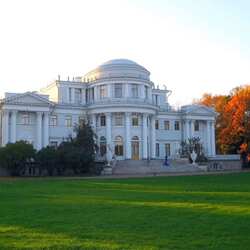Oranienbaum
Oranienbaum is a palace and park complex in the city of Lomonosov, near St. Petersburg. The complex has completely preserved the furnishings and decorations of the 18th century and is therefore of great artistic importance.
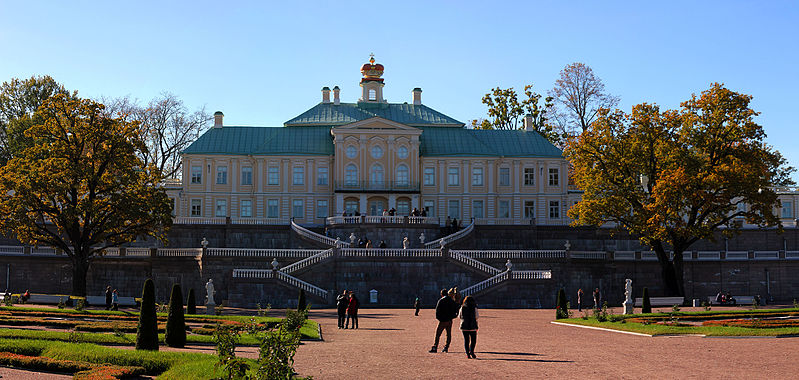
The history of the palace complex
In the 18th century, Peter the Great presented this land to Alexander Menshikov for his military successes during the Northern War for access to the Baltic Sea. In 1711, Menshikov began the construction of a large palace. After the death of the tsar, he lost his patron and his property was confiscated due to numerous cases of embezzlement. In 1743, Oranienbaum became the residence of the future Emperor Peter III. A funny fortress, Peterstadt, was built to teach the heir to military affairs. After the palace coup of 1762 and the assassination of the emperor, the amusing fortress fell into disrepair. As the palace grew, the city nearby also grew, and in 1780 it became a full-fledged city. Over the centuries, the palace complex has changed many owners, who built more and more buildings, until the October Revolution occurred in 1917. A museum was opened in the Chinese Palace, and the rest of the buildings were given to the Forestry College. During the Second World War, the palace complex suffered the least from bombing. There were Soviet troops in the rear, who played a significant role in the defense and liberation of Leningrad. After the war, the palace was forgotten and remembered only in the 1990s, when its restoration began.
There are several versions of the origin of the name of the complex, according to one of them, there used to be a greenhouse with orange trees on the territory of Oranienbaum and each tree had a table with the name of the variety "Oranienbaum". The orange tree is on the coat of arms of the palace and park ensemble and the city of Lomonosov. One of the first buildings in the complex was the Grand Palace, which divides Oranienbaum into the Upper Park and the Lower Garden. The park is divided into Petrovsky Park and the territory on which the Chinese Palace and the Roller Coaster are built. The Grand Menshikov Palace surpassed many foreign palaces in its splendor and luxury, as confirmed by many foreign visitors to Oranienbaum. The interior was often changed and has not reached our time.
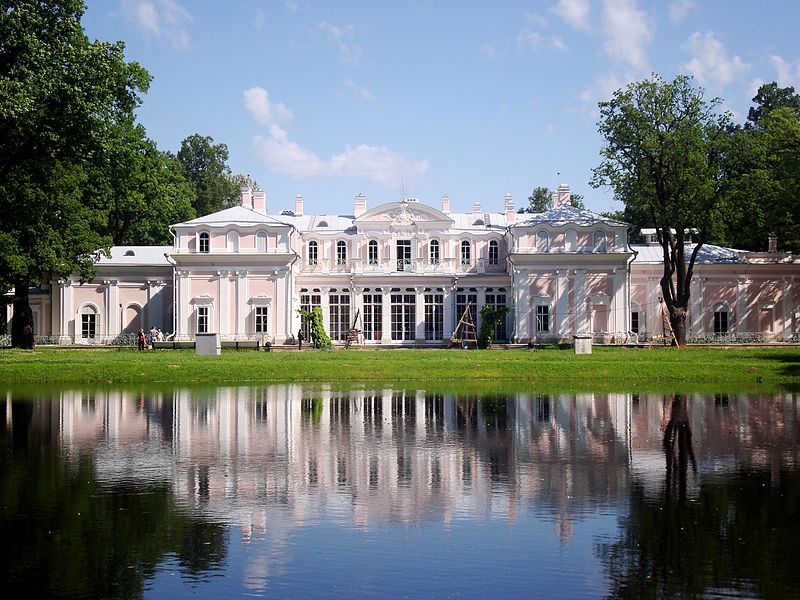
Two years after the construction of the palace began, the Lower Garden began to be laid out. Several fountains were installed near the palace, the water for which came from the dam on the Red Pond. Initially, there were sculptures made of wood in the garden, painted to look like marble, later they were replaced with real marble ones. Previously, fruit trees could be found in the garden, as well as neatly trimmed trees such as linden, maple, elm. The original appearance of the garden has not survived to this day. In the garden you can see an Art house, there used to be a greenhouse nearby, but in the 18th century it ceased to exist. During the reign of Peter III, his collection of paintings was kept here.
The upper park occupies a huge area, more than 150 hectares. For its construction, many trees were cut down, ponds were dug and drainage channels were carried out. The Karasta River divides the park into 2 parts. The Oranienbaum Palace and Park complex also has a Stone Hall (built for concerts), a Cavalier Building, a Chinese Cuisine pavilion, a Pergola gazebo, Peter III's Palace, and a Skating Rink pavilion. The slide was popular during the Carnival festivities and surpassed all possible analogues of ice slides with sculptural and architectural decor.
